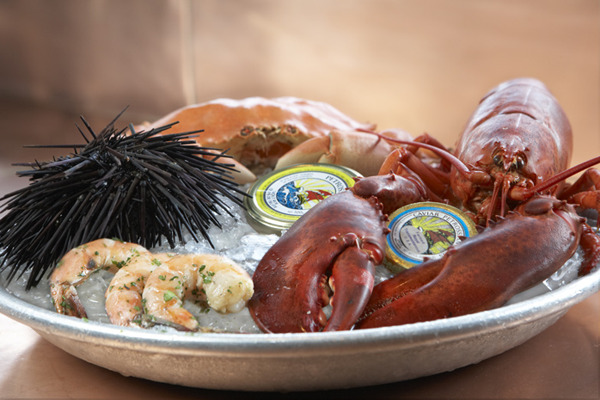While it is not toxic, it can be known to crowd out vegetation that is more nutritious and better for grazing. The cat’s ear leaves are quite hairy while the dandelion leaves are smooth.
Our Favorite Ferns for Creating a Tropical Paradise
Glabra prefers a sunny, warm and exposed situation, and is relatively intolerant of competition, for instance, in open communities on sand dunes, with jasione montana and occasionally corynephorus.

Smooth cat s ear plant. Data source and references for hypochaeris glabra (smooth cat's ear) from the usda plants database This differs from the dandelion which has smooth leaves and is much more heavily toothed. Annual herb to 90 cm high.
The genus is distinguished by having fruits that differ depending on where they occur on the flower head: Check the plants database (usda website); Naturalised throughout australia and in new zealand.
Native to europe and western asia. Those on the inner part of the flower head have a narrow beak (stalk) between the seed and the pappus (tuft of branching hairs that aid in wind dispersal), while those on. It has become widespread in africa, southern and southeastern asia, australia, and parts of the.
Each leaf blade is irregularly lobed (the lobes resembling a cats ear) and often covered in fine silvery / white hairs on both the top and underneath. Cat's ear flower closeup on dirt hiking trail leading to alpine forest. Cultivation of smooth cat's ear:
This plant has no children legal status. Cat’s ear plants bear a striking resemblance to dandelion, and is often called false dandelion. Hairy cat's ear plant flower and buds.
The plants shown on this page were photographed in west wales during june. Hypochaeris glabra is a species of flowering plant in the dandelion tribe within the daisy family known by the common name smooth cat's ear.it is native to europe, north africa, and the middle east but it can be found on other continents where it is an introduced species and a widespread weed. Date of photo may 11, 2007 ;
Looking down on the apex of a fruit with a style base remnant. Ars germplasm resources information network (hygl2) calphotos (hygl2) integrated taxonomic information system (hygl2). When you look closely at the shape of the leaves — by placing them side by side — you can see the dandelion is definitely sharply toothed, with its teeth pointing back toward the center of the plant.
Flowers mostly june to october. Information provided with the photo: Grassy fields, derelict arable land, heaths, fixed dunes etc on sandy soils.
View all photos in calphotos of hypochaeris. It tends to grow best in sandy or gravelly soil and in disturbed areas, but it will also pop up in lawns, pastures, and golf courses. None known plant information taken from the plants for a future.
Observation search (3717 records) plant characteristics. Mary ellen (mel) harte, , bugwood.org additional resolutions & image usage: Radicata has leaves which are quite distinctly hairy while they are glabrous (bald) in h.
The leaves can be glabrous to slightly hispid. Widespread on lightly disturbed, sandy soils, but generally rare, except in parts of breckland and the suffolk sandlings. Common names smooth cat's ear (photographer) ;
View encyclopedia of life record for hypochaeris glabra; It is pollinated by insects. The flowers barely exceed the rays of the involucre.
Those softly hairy leaves probably account for the common name. It has been naturalized in the wild. Leaves normally hairless or with a few hairs, mainly on the.
Occasionally growing to 30cm in height, but more often 10cm or less. A small bumblebee (bombus) collecting nectar from a yellow cat`s ear flower (hypochaeris radicata). The cat’s ear plant is considered a noxious weed in pastures and lawns.
Southwick, usda, bugwood.org additional resolutions & image usage: Known hazards of hypochoeris glabra: Often it really isn't a lot different from h.
Smooth cat's ear hypochaeris glabra, a dicot, is an annual herb that is not native to california;
 Pin by Christine on cats Plants, Inspiration, Image
Pin by Christine on cats Plants, Inspiration, Image
 Pet Peeve Plus Insect Repellent has a unique formula using
Pet Peeve Plus Insect Repellent has a unique formula using
 Black Satin Blackberry his thornless, heat tolerant
Black Satin Blackberry his thornless, heat tolerant
 Courtney Brims "Undergrowth" coloured pencil and
Courtney Brims "Undergrowth" coloured pencil and
 Image result for common sand aster Plants, Sand, Image
Image result for common sand aster Plants, Sand, Image
 Stinging Nettle Syrup Catnip plant, Plants, Natural
Stinging Nettle Syrup Catnip plant, Plants, Natural
 Pin by Hallie Lorber on Apothecary bathroom Botanical
Pin by Hallie Lorber on Apothecary bathroom Botanical
 Rabbit Fur Texture Wuthering Heights Texture Pinterest
Rabbit Fur Texture Wuthering Heights Texture Pinterest
 BottleCats Keramiktiere, Keramik töpfern, Töpferei
BottleCats Keramiktiere, Keramik töpfern, Töpferei


